Happy St Paddy's Day! Wish I could share the aroma too.
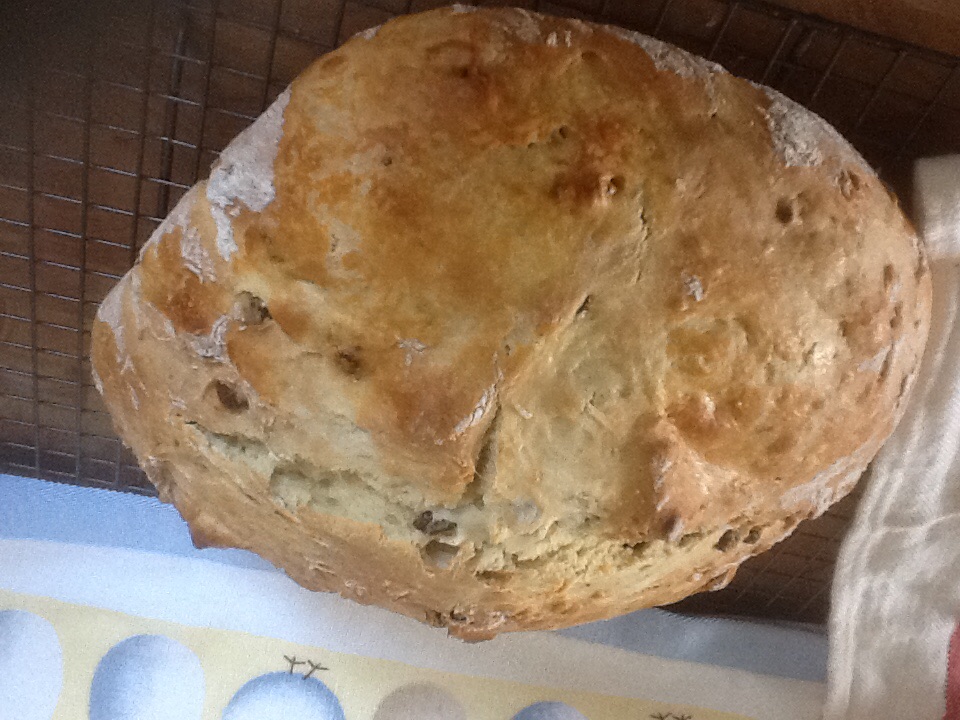



Ooh! Astronaut bread!Happy St Paddy's Day! Wish I could share the aroma too.
No matter what I do, I get the same shape loaf and the same texture. Very frustrating!
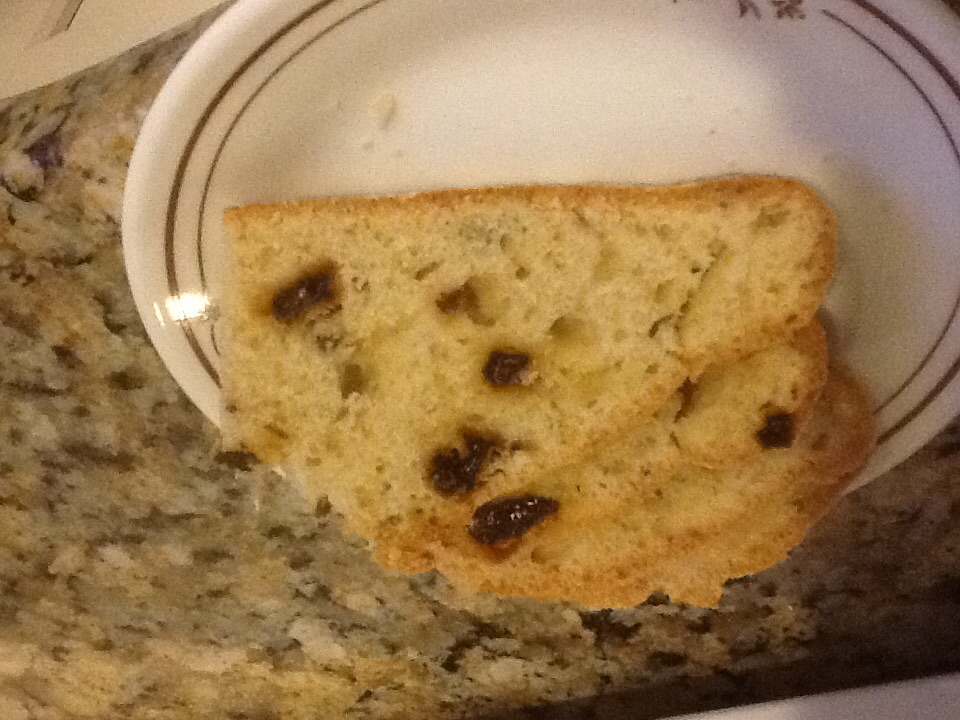

Hot cross buns for breakfast tomorrow.
Since it looks like you moved to Australia you should update your location
Ummmm, looks right on my page mate.
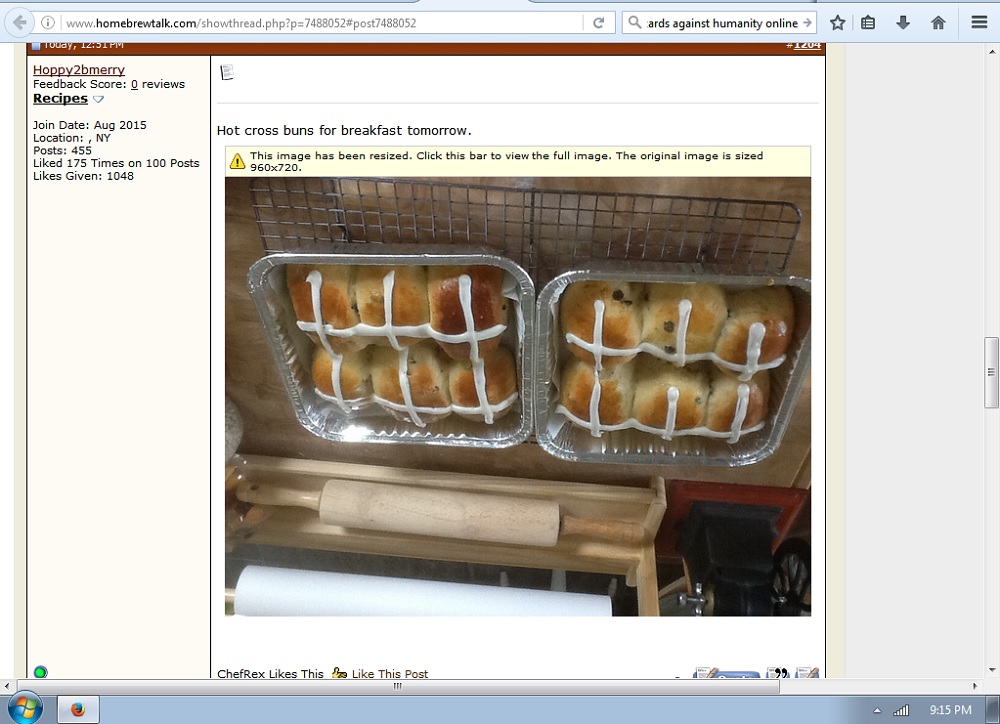
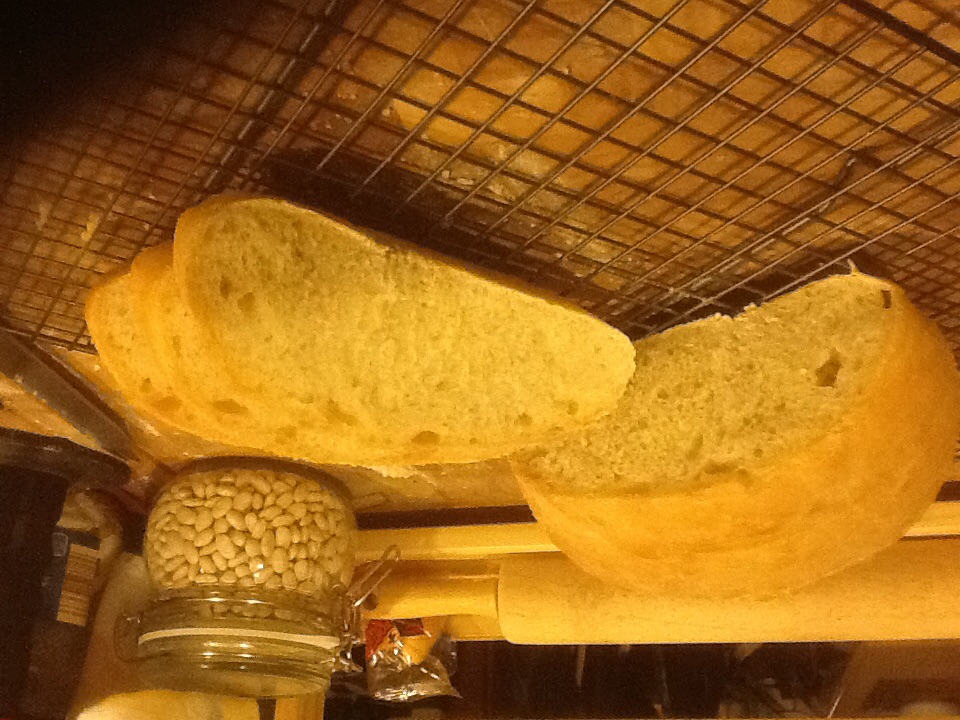
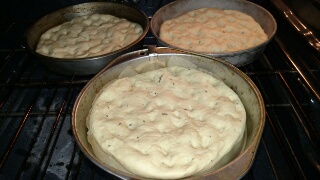

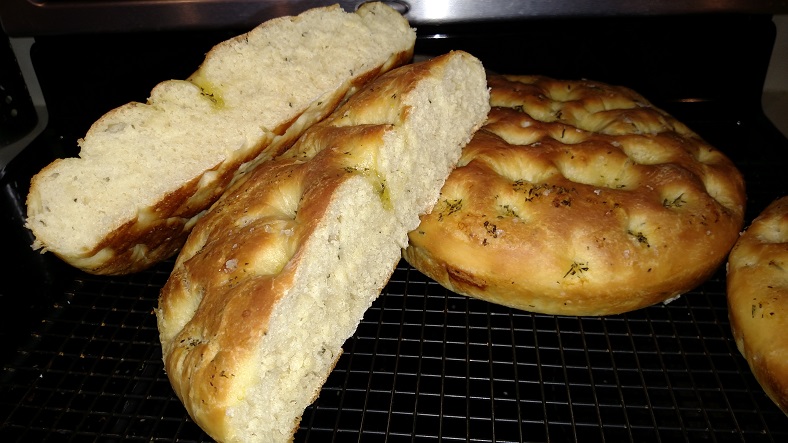
Hot cross buns for breakfast tomorrow.
Rosemary Oregano Lemon Zest Foccacia...first time making foccacia. And eating it warm from the oven...dayum!
recipe please!
Fresh rolls,View attachment 348853
Fresh rolls,
View attachment 350233
This was an all day sourdough. Plus the 3 days of refreshing the starter. It took several hours for each rise. It tasted good, but the crust was kind of sad looking.
I've been using 1 part starter, 2 parts water, 3 parts flour. The dough is very wet and hard to work with. And won't hold its shape. I'm thinking about trying 1:1:2 next time.
View attachment 350233
This was an all day sourdough. Plus the 3 days of refreshing the starter. It took several hours for each rise. It tasted good, but the crust was kind of sad looking.
I've been using 1 part starter, 2 parts water, 3 parts flour. The dough is very wet and hard to work with. And won't hold its shape. I'm thinking about trying 1:1:2 next time.
Looks pretty dense, especially for a wet dough.
Wet dough is fine. Wet your hands before working with it during folding/kneading so it won't stick. Then flour during shaping. You'll probably need a banetton or one of @ChefRex 's homemade setups for it to keep its shape during the final proofing.
Flour sprinkled on after the first rise helps to make it easier to work with.
The 1,2,3 formula needs to be adjustable as conditions change you need to know how it feels, believe me I'm no expert although I have been at it for a bit, I'm told baking is exacting science (as is beer) but I basically wing it
Looks pretty dense, especially for a wet dough.
Wet dough is fine. Wet your hands before working with it during folding/kneading so it won't stick. Then flour during shaping. You'll probably need a banetton or one of @ChefRex 's homemade setups for it to keep its shape during the final proofing.
2nd attempt at bagels. They're expanding in the fridge overnight, leaving them to being "overproofed" and deflating during the boil. But I love the flavor all the same so I'll keep trying.

It currently looks a little like under cooked/uncooked sourdough bread and smells pungent like I expected. Problem is, I've never actually seen a sourdough starter, never made one and do not remember my Mother or Grandmothers ever having one. Any suggestions?
Yup, ugly breads often taste just as good as the pretty onesI was wondering if you are rolling a rope of dough and forming a ring, or making a ball and forming a hole? Most pro NY bagel bakers do the first method. I don't think that would change the texture, but it might give you the look you are going for. I haven't yet done bagels at home, but I've baked some ugly pretzel rolls.
Enter your email address to join: